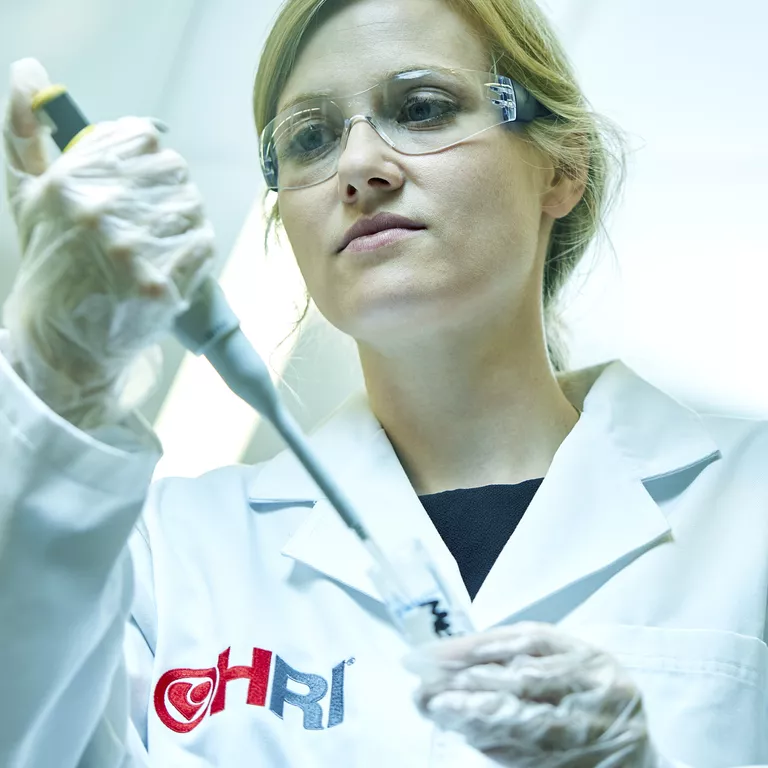What is HRI doing?
The Atherosclerosis and Vascular Remodelling Group is researching the cellular and molecular mechanisms behind atherosclerosis to help prevent and treat cardiovascular disease. By preventing and even reversing vascular disease, this research will help prevent heart attack and stroke.

